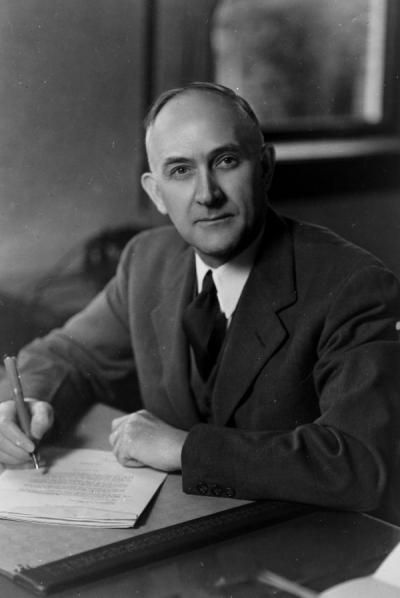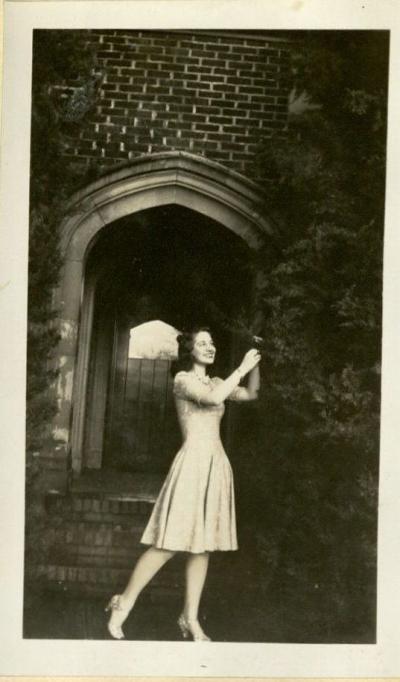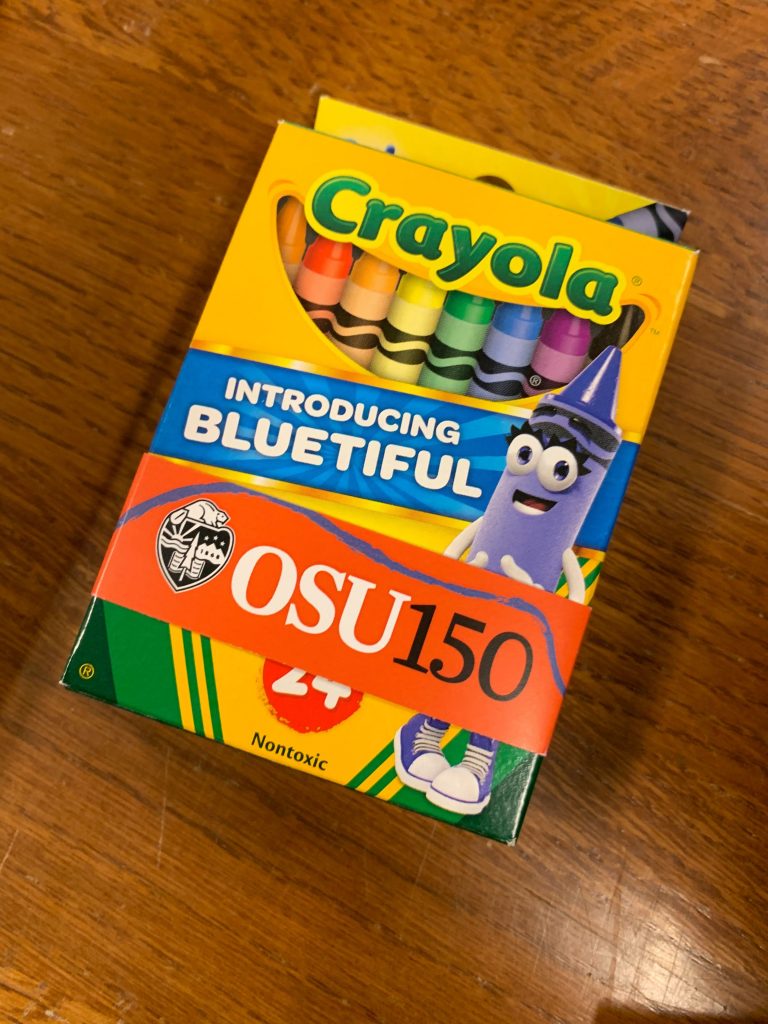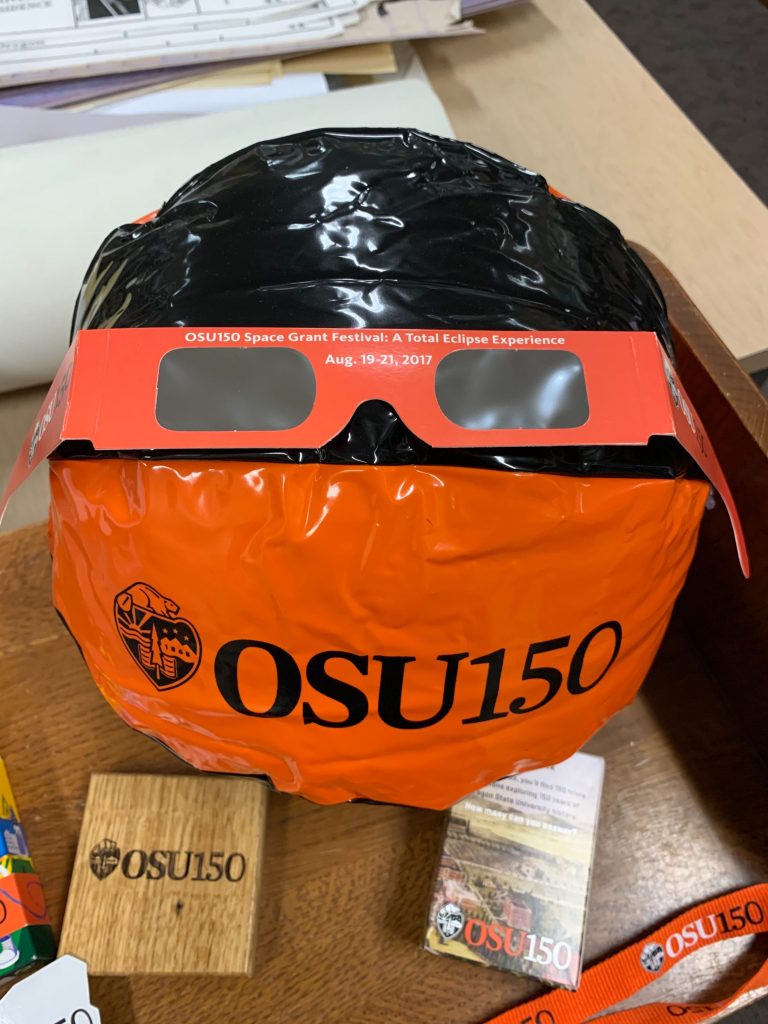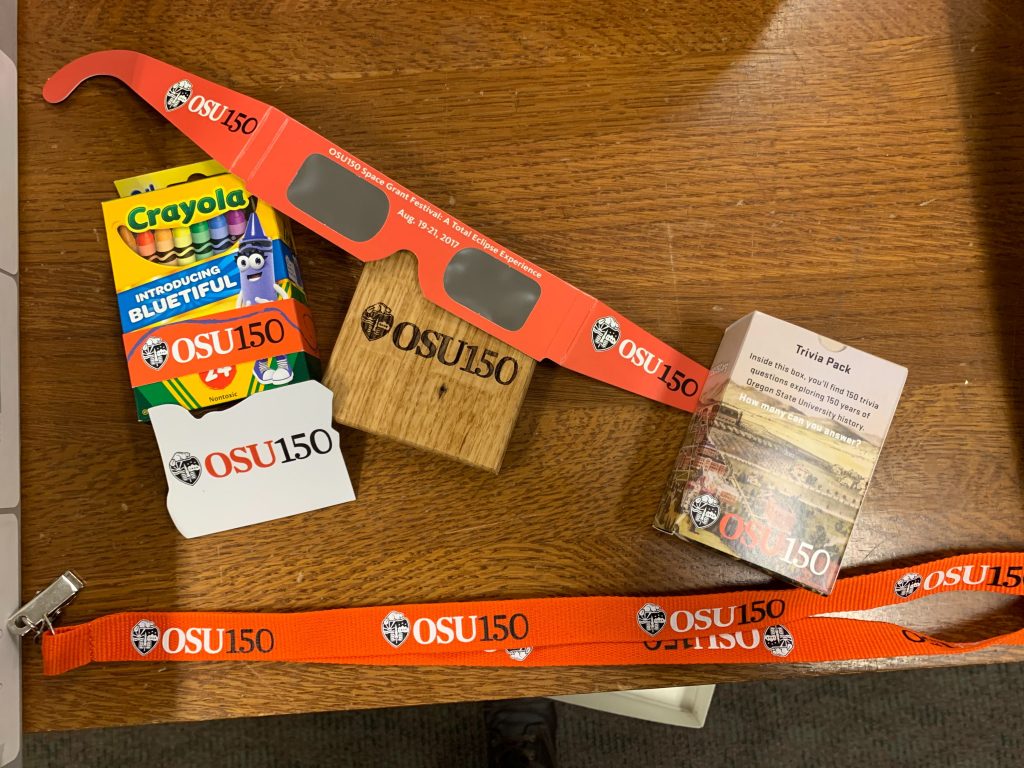Among the wide variety of items in the Ava Helen and Linus Pauling Papers is the collection of
molecular models, which sit serenely on display in the back shelves of the archives. These
models were created by Pauling throughout his career; the earliest dates to the 1920s, and the
later ones to the 1980s. Each piece is testament to how incredibly useful the visualization of
molecular bonding and 3D space can be for scientific comprehension, particularly before
computer modeling was commonly available. Pauling himself was an early and vital proponent
of using these models in a classroom setting, and would often use them during his own lectures at Oregon State University and Cal Tech. From paper to aluminum, wood, plastic, and wire, the collection of Linus Pauling’s molecular models is diverse, and shows the progression of Pauling’s various interests in molecular chemistry, as well as advancements in the understanding of these concepts. Understanding the materials comprising an artifact and how those materials degrade is extremely important for a conservation team, as no two materials will deteriorate in the exact same way in similar environments. One of the more problematic pieces within this collection of models is the close- packing hard sphere models, which are comprised of latex balloons and marbles. After filling balloons with water, Pauling would insert the appropriate number of marbles and then drain the water and tie off the balloons. The final product is a small, globular object which was meant to demonstrate how atoms arrange themselves in solid crystalline patterns. While in its time this was a unique and useful tactic to show these chemical structures, the materials of these models have posed many issues with regards to archival use and display. Today, the balloons that once were elastic and held together the shape of the molecular model, have all but completely degraded. Some of the balloons have become brittle, flaking away with the slightest touch or movement. This rendered two of the balloon and marble models unstable- as soon as the balloon encapsulating the marbles breaks away, the marbles lose their structure and tumble down, spilling across the display stand. Many of the marbles themselves have degraded significantly, shattering into a dust-like consistency. The models, once practical and pristine, have been reduced to a pile of fractured rubber and glass, and it is almost impossible to understand what molecular form they once took.
Pictured above: Molecular Models 1 (left) and 2 (right)
Obviously, this poses significant issues in terms of display. Aesthetically, it is unappealing, this
mass of aged, pale latex and yellowed marbles. Additionally, the original function of the objects
as educational tools has been lost. In a classroom, molecular models are meant to be held,
turned over in the hands so that a student can understand the symmetry, geometry, and space
of atoms bonded together. In their current state, these balloon and marble models cannot be
touched at all without further damage to the fragile pieces.
Unfortunately, there is not much that can be done to piece together these models. Any physical
treatment option would certainly only cause more flaking of the latex balloons and marbles.
Simply leaving these items on display can further exacerbate these issues – even the gentle
breeze of a passing staff member could cause the marbles to topple. The best approach,
therefore, is to make or purchase appropriately sized enclosures to safely house the models.
When choosing or creating enclosures for irregularly sized items, there are multiple things to
consider. Choosing enclosures that meet archival standards ensures the materials used to make the enclosure will not degrade and release harmful vapors or chemicals that will further harm the object it is encapsulating. It is important that the enclosure, or box, fit the item snugly,
but allow for easy removal if necessary. For unique items, such as the molecular models, it can
be difficult to find enclosures with matching dimensions. To fully enclose the circular display
stand and molecular model, I created boxes out of folderstock and mylar. On its own, folderstock can be somewhat flimsy, but with the box structure and the support of the display
stand, it is structurally sound. The mylar display allows us to see the molecular model without
interacting with it, and helps to prevent further damage. A drop front box is necessary in this
case, it allows for easy removal from the enclosure in case the need arises. Acid-free tissue
was used as padding around the display stand to prevent the pieces from shifting in transit. For
now, the molecular models will return to the display case with the other Linus Pauling models.

Pictured above: the enclosure without marbles
Pictured above: a single enclosure with the marbles (left) and all of the enclosures with their marbles (right)
While it is impossible to stop the inevitable deterioration of the materials, it is important to keep the parts together. Additionally, a note detailing the materials, origin, and method of creation of these items is important for context, and allows these items to return to their original use as a tool for education. While the original form of the models no longer show the complexities of atomic packing, the information of how Linus created and used them can still be valuable for researchers of the history of science today.
Referenced:
Chris Peterson, Linus Pauling’s Molecular Models and the Stories that they Tell,
ScholarsArchive@OSU
Author: Hannah Lawson










